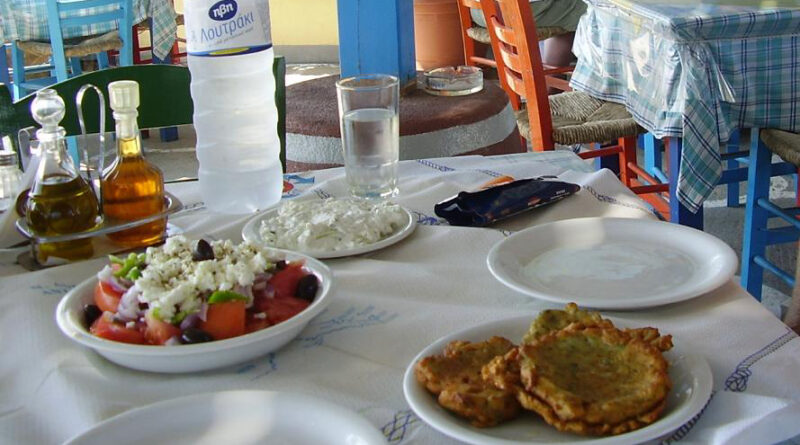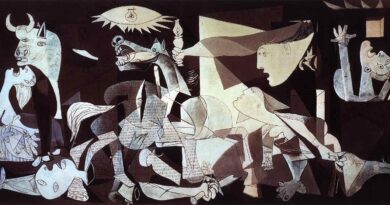The Vasicek Story
In a manifest attempt to spice up my teaching in the Financial Models class, I sometimes tell a story about the Vasicek model, which is one of the most important models in that course. More precisely, the story relates to the model’s originator. Oldrich Vasicek is a Czech-born mathematician who moved to the US after political events in Prague in 1968. In his new home country, Vasicek started to work for a bank, which at that time was quite unusual for a mathematician. He published his famous model in 1977. Here is how my story goes.
In the summer of 2002, the second World Congress of the Bachelier Finance Society was held in Agia Pelagia on the beautiful island of Crete. Starting from the beginning of the millennium, this congress has taken place every two years, and it is now generally viewed as the leading conference in mathematical finance. Being at the conference gave me the opportunity to hear about the latest developments in the field, and to meet colleagues from all over the world. There were some fringe benefits as well. For instance, the conference gala dinner, with music by a traditional Greek combo, provided the opportunity to evaluate the proficiency of several authors of mathematical finance textbooks in dancing the sirtaki.
At the end of a full conference day, participants typically wander off into the city in small groups, in order to find a nice place for a meal. Agia Pelagia is a small town, and the obvious place to look for a restaurant is at the waterfront, so it frequently happened that several groups ended up at the same place. One evening, I shared a table with a number of fellow scientists from Germany and Switzerland, discussing matters of common interest while enjoying the tasty Greek food. At another table, there was an Italian group together with Vasicek, who was also in Crete for the Bachelier meeting, and his wife. Especially for the younger members of the group, it may have been surprising that the name-giver of the celebrated interest rate model from the very early ages of mathematical finance actually turned out to be a firm man in his early sixties. Conversely, for Vasicek it may have been a revelation that the field of finance was no longer monopolized by guys in suits, but was now attracting a much more varied crowd including, for instance, pretty Italian PhD students.
As the evening progressed, everybody was having a great time at Vasicek’s table. The restaurant owner poured free ouzo, motivated by Cretan tradition or possibly also by research on the correlation between the spiritedness of the evening and the size of the tip. No ouzo bottle appeared at the Swiss-German-Dutch table, where we were still engaging in quiet conversation. The climax of evening came when a photo shoot was arranged with Vasicek in the middle of two admirers. The Italian girls were delighted to have their picture taken with a model, and, judging from their looks and the expression on Vasicek’s face, he may have felt the same way. Mrs. Vasicek was standing aside, looking mildly amused. Later, on the plane back to Schiphol airport, I saw Mr. and Mrs. Vasicek again; there was no indication that the evening in the restaurant did not end safely.
In June there will be the eighth Bachelier meeting, which this time will be held in Brussels. Of course I am looking forward to hear research talks on stochastic processes, pricing methods, and risk measures. But, perhaps, there will also be an opportunity again to observe some of the human side of science.
Text by: Hans Schumacher




